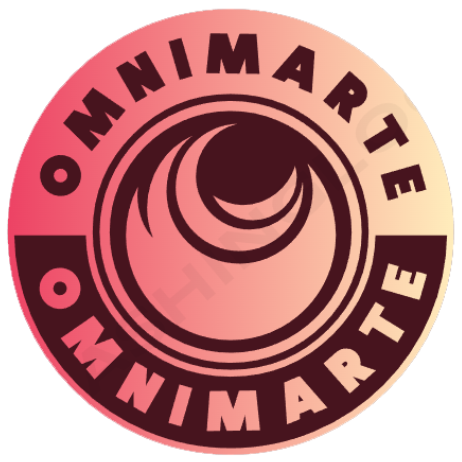German Democratic Republic (1949-90) Country Guide
The German Democratic Republic (GDR), often referred to as East Germany, was a socialist state that existed from 1949 to 1990 on the eastern side of the divided post-World War II Germany. Established in the aftermath of the Cold War, the GDR was born out of Soviet-occupied territory and emerged as a separate political entity from West Germany, the Federal Republic of Germany. The GDR was ideologically aligned with communism and operated as a satellite state of the Soviet Union. The state was characterized by a centralized planned economy, a one-party system led by the Socialist Unity Party (SED), and a unique socio-political structure that set it apart from its western counterpart. The division of Germany during this period had profound implications for the people living in the GDR, influencing every aspect of their lives from political affiliations to daily routines. The fall of the Berlin Wall in 1989 and the subsequent reunification of Germany in 1990 marked the end of the GDR, leaving behind a complex legacy shaped by its historical context and the geopolitical dynamics of the Cold War era.


